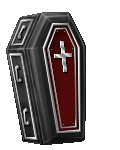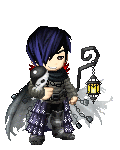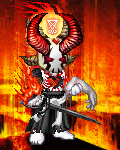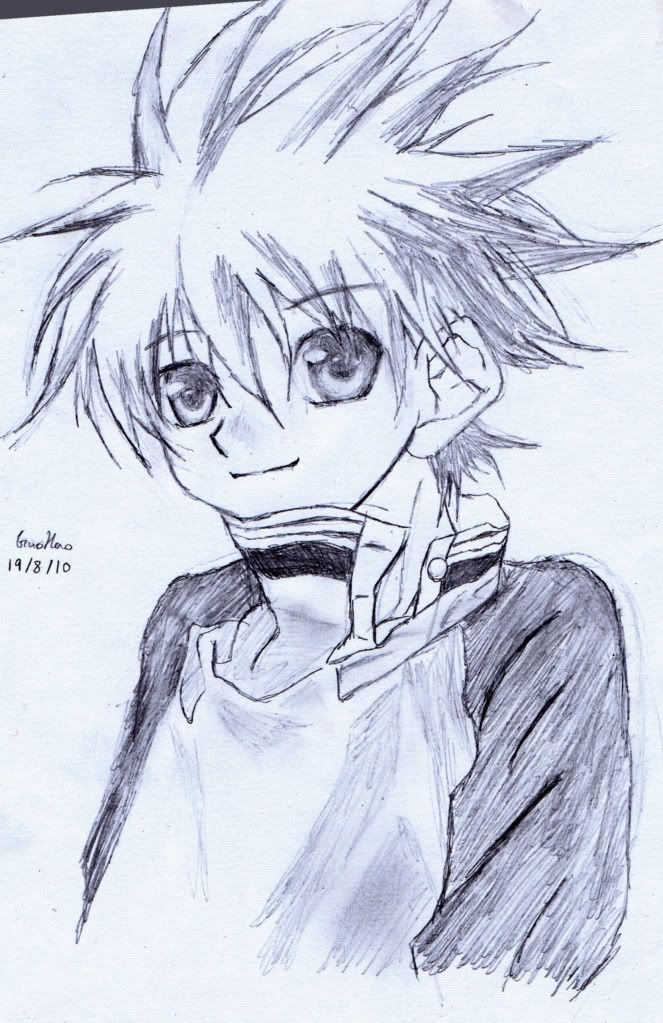- V VaIentine's Gallery
-

- View Profile
- View Fans
- Send Private Message
-
Artist Info:
<br />
<br />
The story of the Hatter.~<br />
<br />
The Hatter is initially encountered at a tea party in Lewis Carroll's Alice's Adventures in Wonderland and later again as "Hatta" in the story's sequel, Through the Looking-Glass. He is popularly referred to as the "Mad Hatter", but is never called by this name in Carroll's book—although the Cheshire Cat does warn Alice that he is mad, and the Hatter's eccentric behaviour supports this. Likewise, the chapter in which he first appears, "A Mad Tea-Party", is often called "The Mad Hatter's Tea Party" (despite the fact that it is actually being held at the March Hare's house). He has been portrayed on film by Edward Everett Horton, Sir Robert Helpmann, Martin Short, Peter Cook, Anthony Newley, Ed Wynn, Andrew-Lee Potts, and Johnny Depp, in music videos by Tom Petty and Steven Tyler, on stage by Nikki Snelson, on television by John Robert Hoffman and in New York City by Ragtime Mark Birnbaum.<br />
<br />
The Hatter explains to Alice that he and the March Hare are always having tea because, when he tried to sing for the Queen of Hearts at a celebration of hers, she sentenced him to death for "murdering the time," but he escapes decapitation. Out of anger at this attempted "murder", Time (referred to as a "Him" wink halts himself in respect to the Hatter, keeping him and the March Hare stuck at 6:00 forever. The tea party, when Alice arrives, is characterized by switching places on the table at any given time, making (along with the March Hare) somewhat short, personal remarks, asking unanswerable riddles and reciting nonsensical poetry, all of which eventually drive Alice away. He appears again as a witness at the Knave of Hearts' trial, where the Queen appears to recognize him as the singer she sentenced to death, and the King also cautions him not to be nervous "or I'll have you executed on the spot."<br />
<br />
Although the name "Mad Hatter" was undoubtedly inspired by the phrase "as mad as a hatter", there is some uncertainty as to the origins of this phrase. As mercury was used in the process of curing pelts used in some hats, it was impossible for hatters to avoid inhaling the mercury fumes given off during the hatmaking process. Hatters and mill workers often suffered mercury poisoning as residual mercury vapor caused neurological damage including confused speech and distorted vision; hatmaking was the main trade in Stockport, near where Carroll grew up. It was not unusual then for hatters to appear disturbed or mentally confused; many died early as a result of mercury poisoning. However, the Mad Hatter does not exhibit the symptoms of mercury poisoning, which include "excessive timidity, diffidence, increasing shyness, loss of self-confidence, anxiety, and a desire to remain unobserved and unobtrusive."<br />
<br />
The inspiration for the Hatter<br />
<br />
The Mad Hatter's character was possibly inspired by an eccentric furniture dealer, not by a victim of mercury poisoning. The dealer, Theophilus Carter, supposedly at one time a servitor at Christ Church, one of the University of Oxford's colleges. He invented an alarm clock bed, exhibited at the Great Exhibition of 1851, that tipped out the sleeper at waking-up time. He later owned a furniture shop, and became known as the Mad Hatter from his habit of standing in the door of his shop wearing a top hat. Sir John Tenniel is reported to have come to Oxford especially to sketch him for his illustrations.[1] - Avg. rating:
- 3 Fans
-

- Inuyasha
- Cosplay Avatar
- 156 recent comments
-
-

- Evil Riku
- Cosplay Avatar
- 8 recent comments
-
-

- Shuren - Blea...
- Cosplay Avatar
- 19 recent comments
-
-

- Vasto Lorde K...
- Cosplay Avatar
- 48 recent comments
-
-

- Kurosaki Ichi...
- Cosplay Avatar
- 58 recent comments
-
- Sketching of ...
- Painting And Drawing
- 8 recent comments
-
Comments (0 Comments)
No comments, click on the Add Comment button to add a comment.




